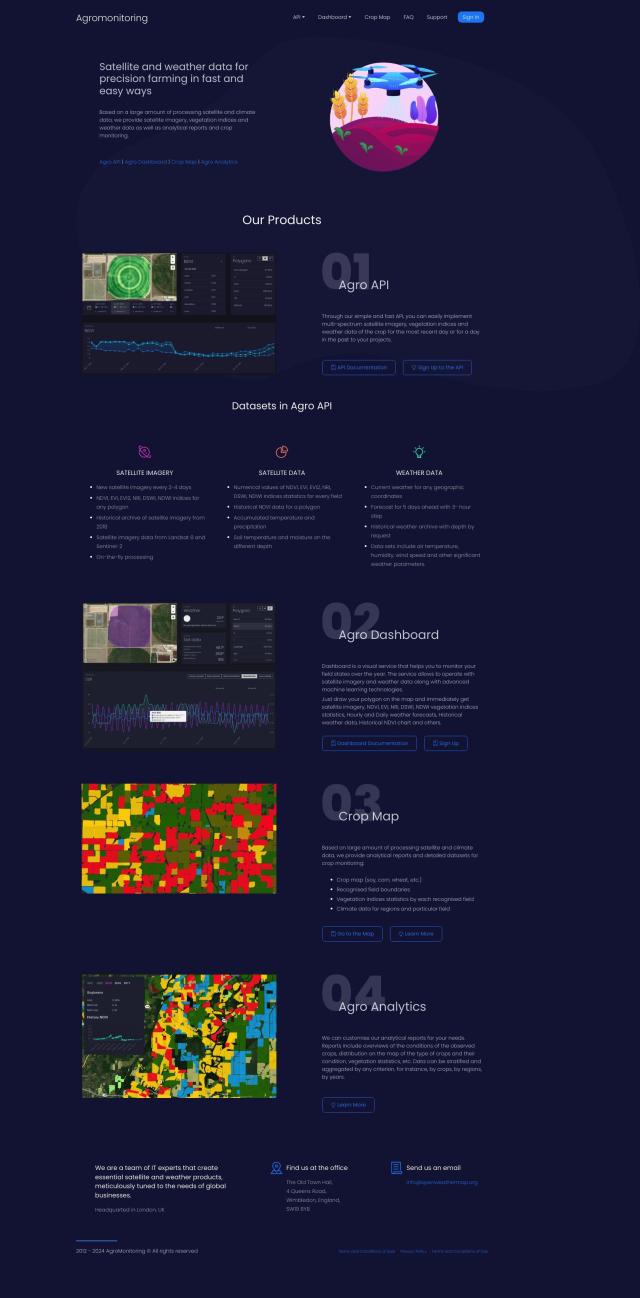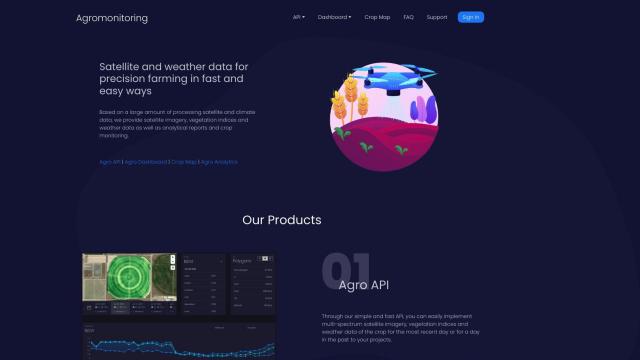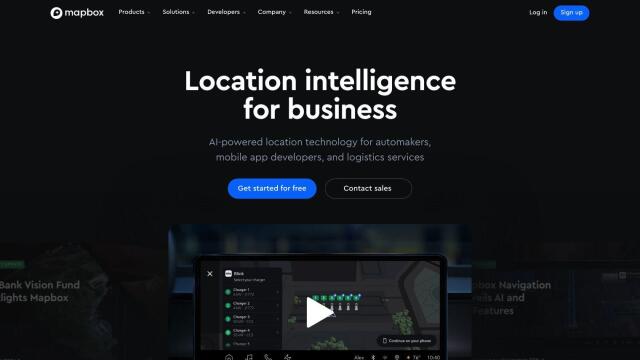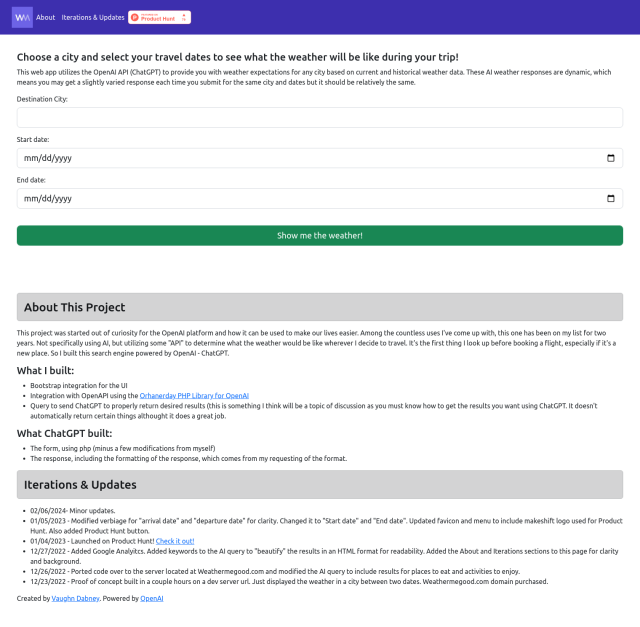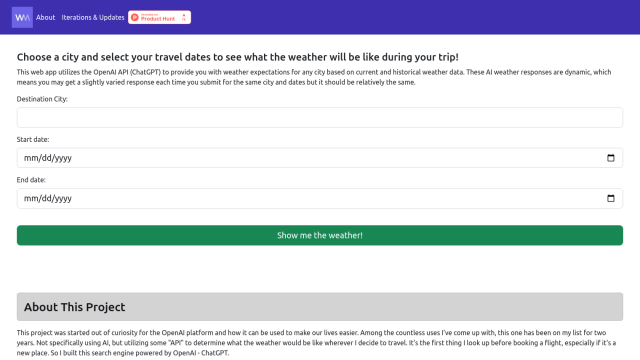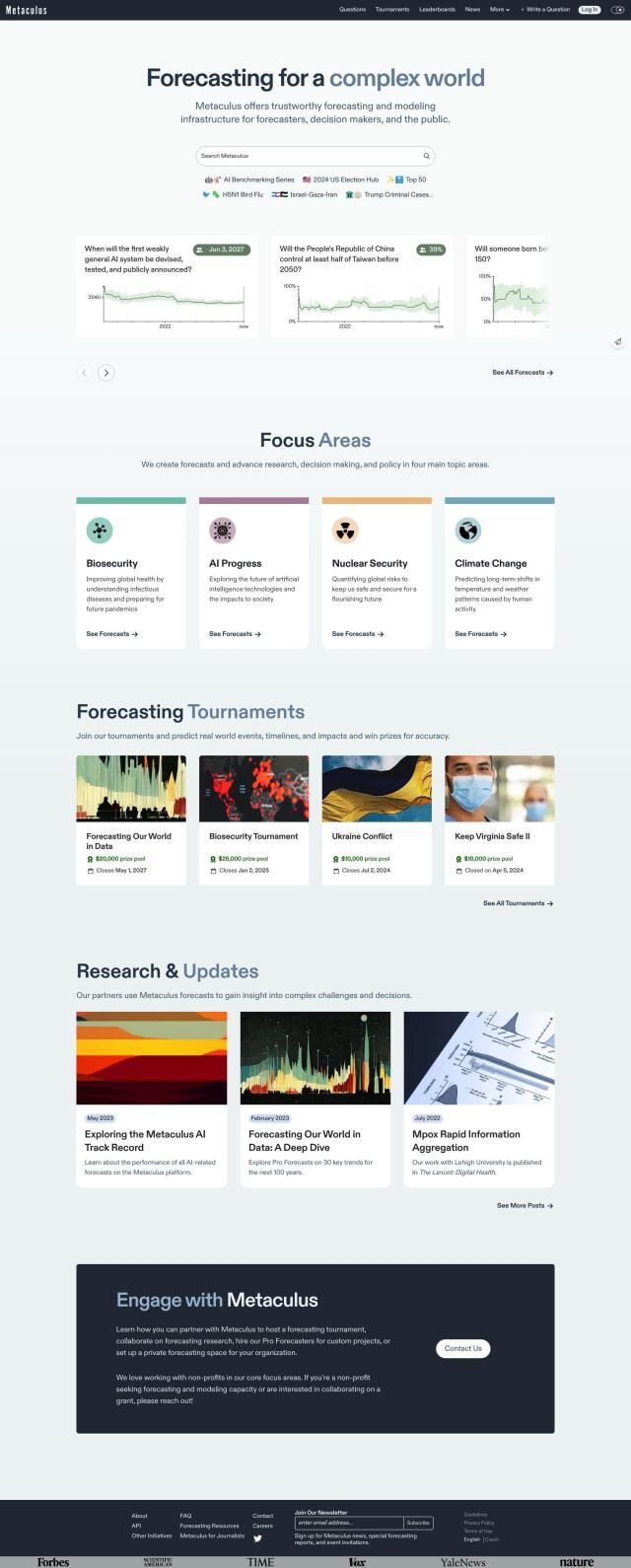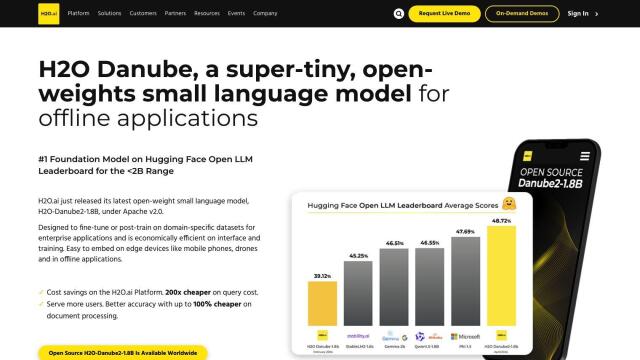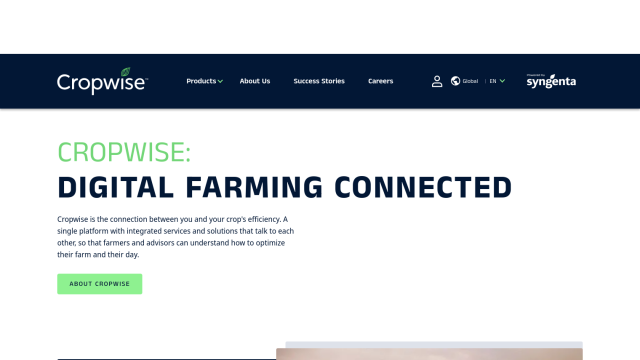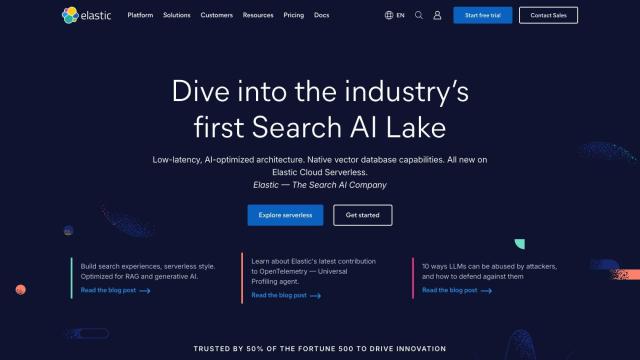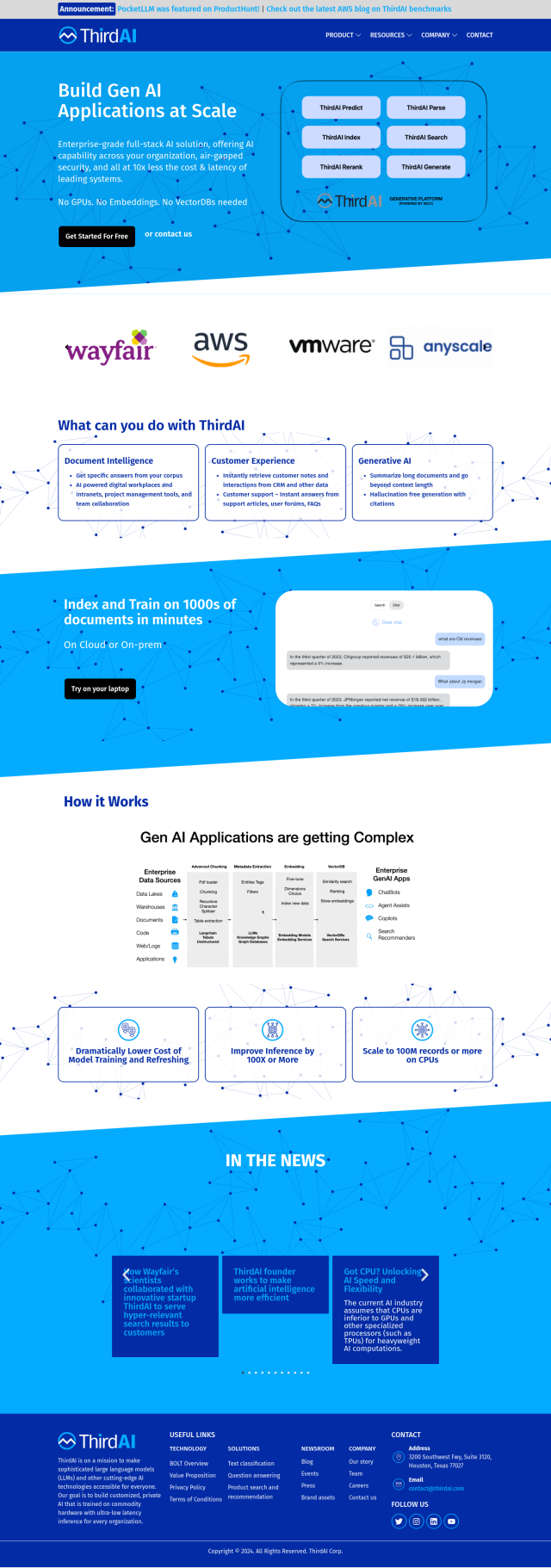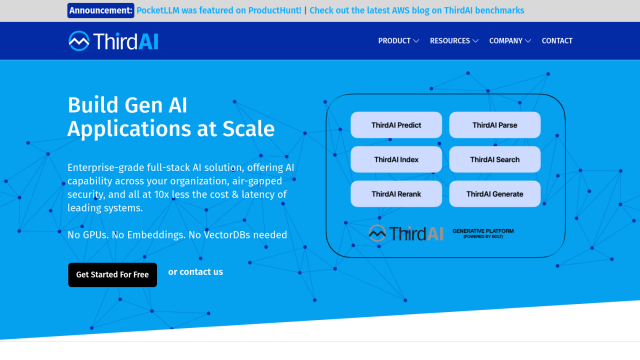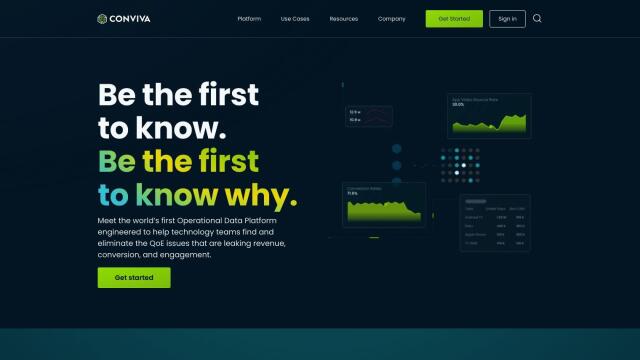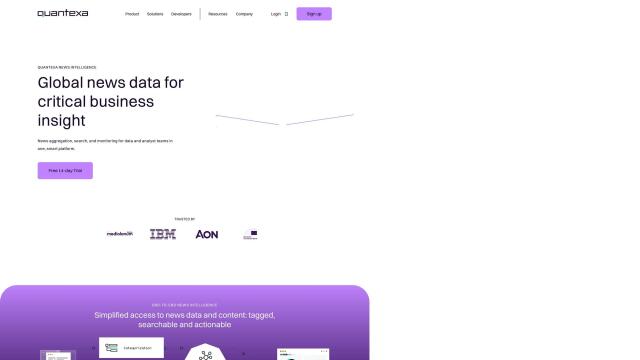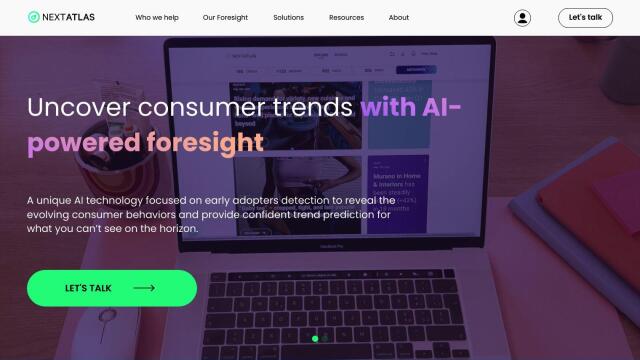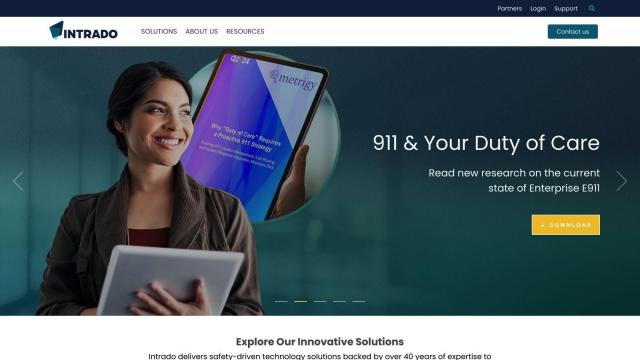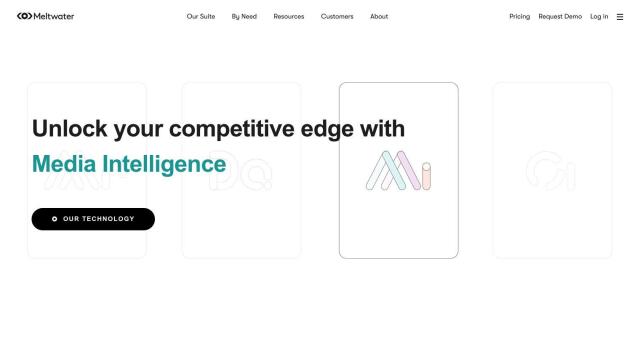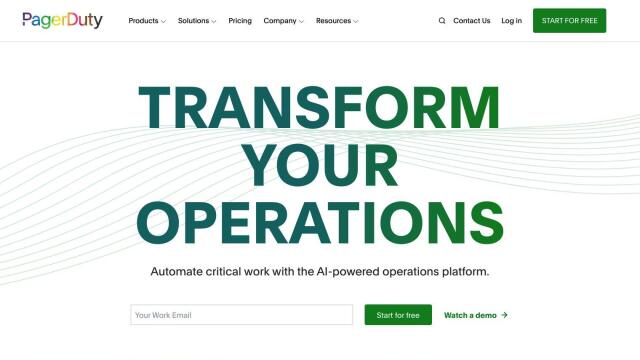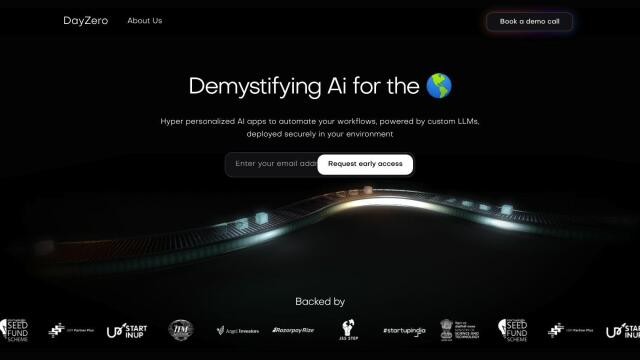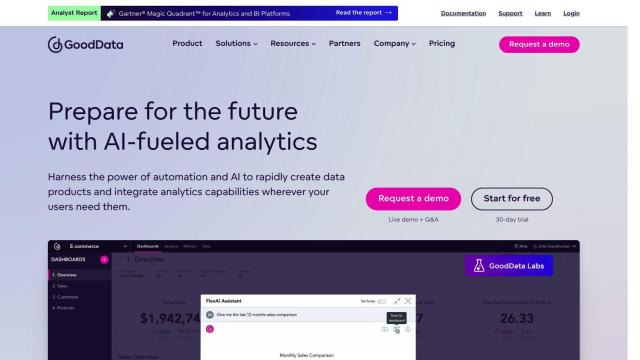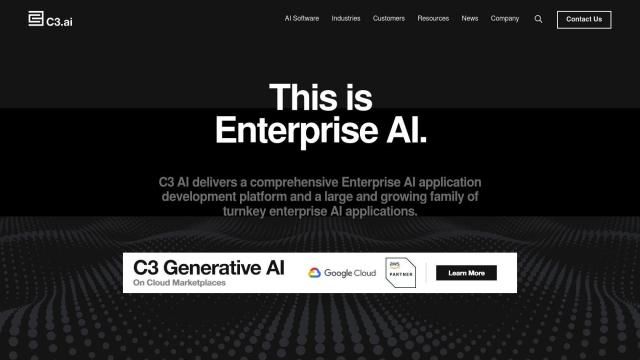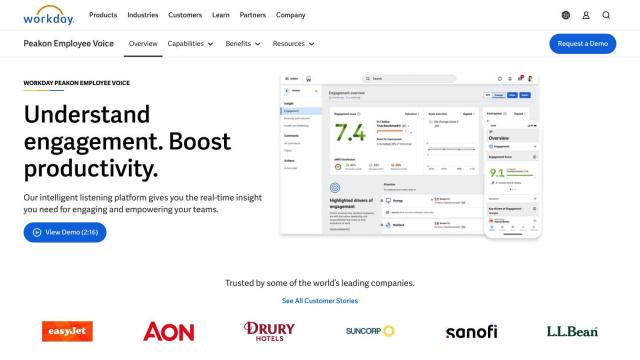
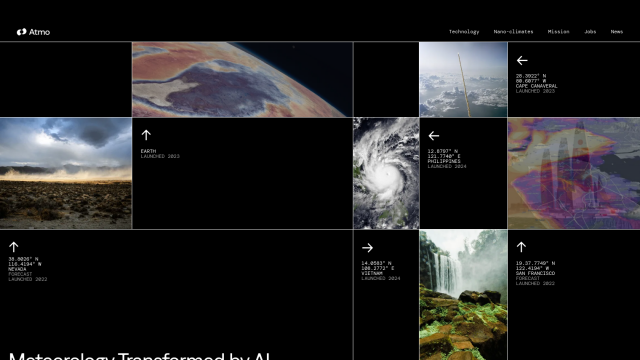
Atmo
If you're looking for a Tomorrow.io replacement, Atmo is another top contender. This AI-based weather forecasting service uses deep learning models to generate hyperlocal forecasts based on data from satellites, ground stations, radars and ocean buoys. It's up to 50% more accurate than traditional forecasting models and can generate forecasts 40,000 times faster, so it's a good choice for situations where you need hyperlocal weather data, such as government and enterprise use.
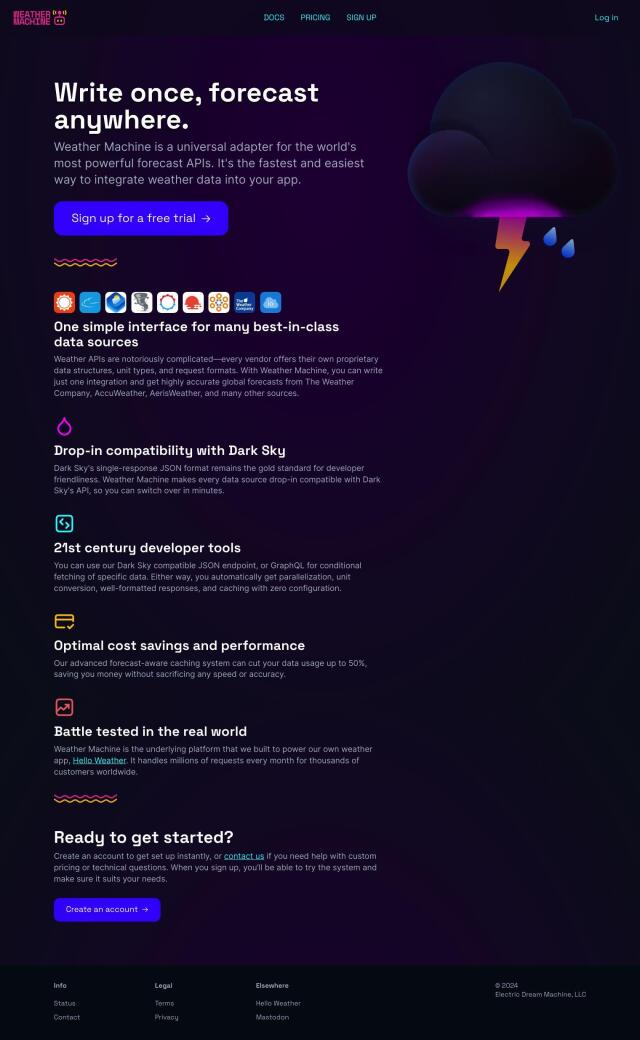
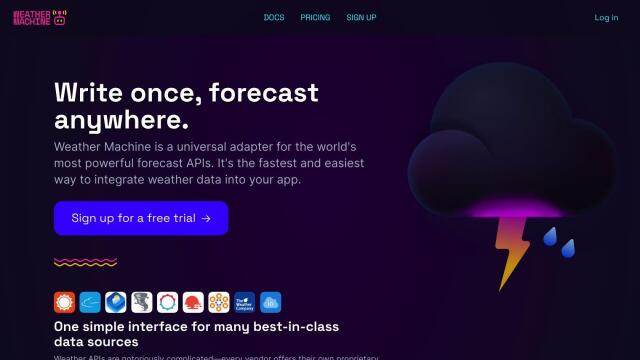
Weather Machine
Another option is Weather Machine, which combines weather data from multiple forecast APIs like The Weather Company, AccuWeather and AerisWeather into a single interface. It includes a Dark Sky-compatible JSON endpoint and a GraphQL endpoint for conditional requests, as well as a forecast-aware caching system to minimize data usage while maintaining speed and accuracy. It's a good choice for developers and businesses that want to add weather data to their apps without the complexity of dealing with multiple APIs.
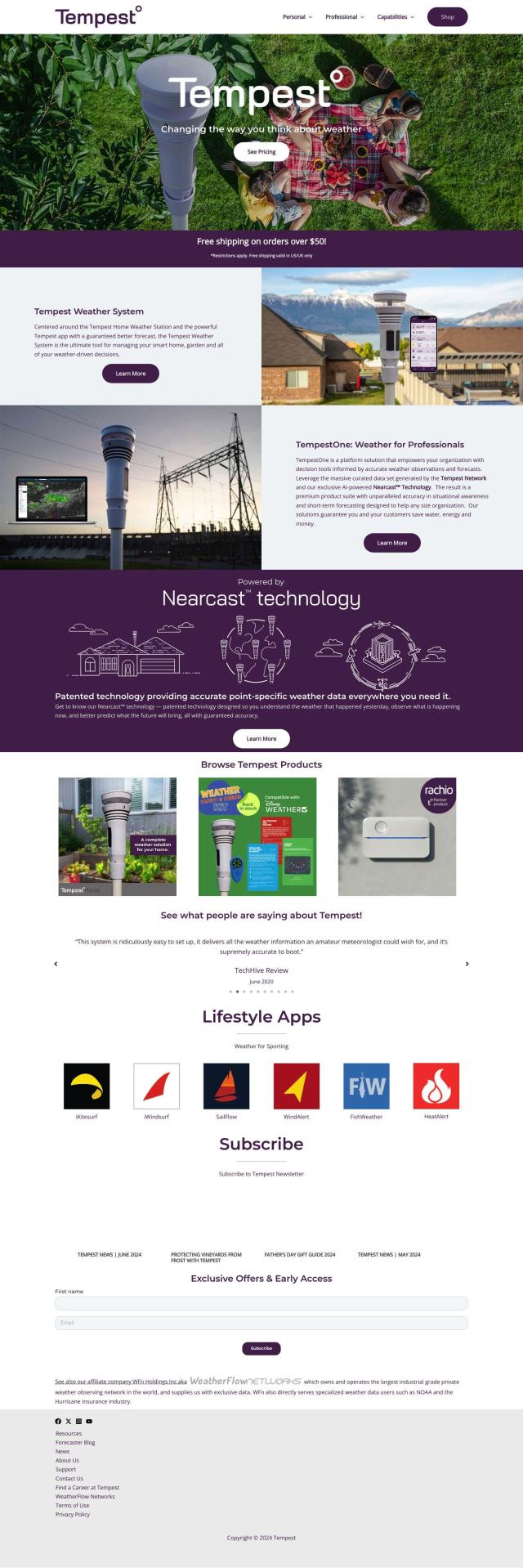
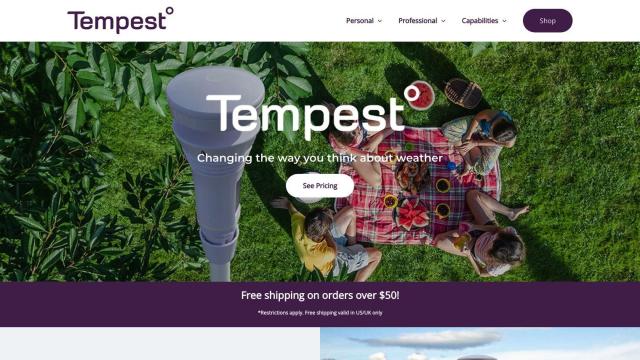
Tempest
For those who need detailed, real-time weather observations and forecasts, Tempest is a full-featured system. It includes the Tempest Home Weather Station for monitoring your home's weather and the Tempest app, which uses AI-based Nearcast Technology to generate detailed point forecasts. It integrates with popular smart home services and offers customizable graphs and charts for sharing real-time data. Professional users can also use TempestOne, which offers decision tools based on precise weather observations and forecasts.
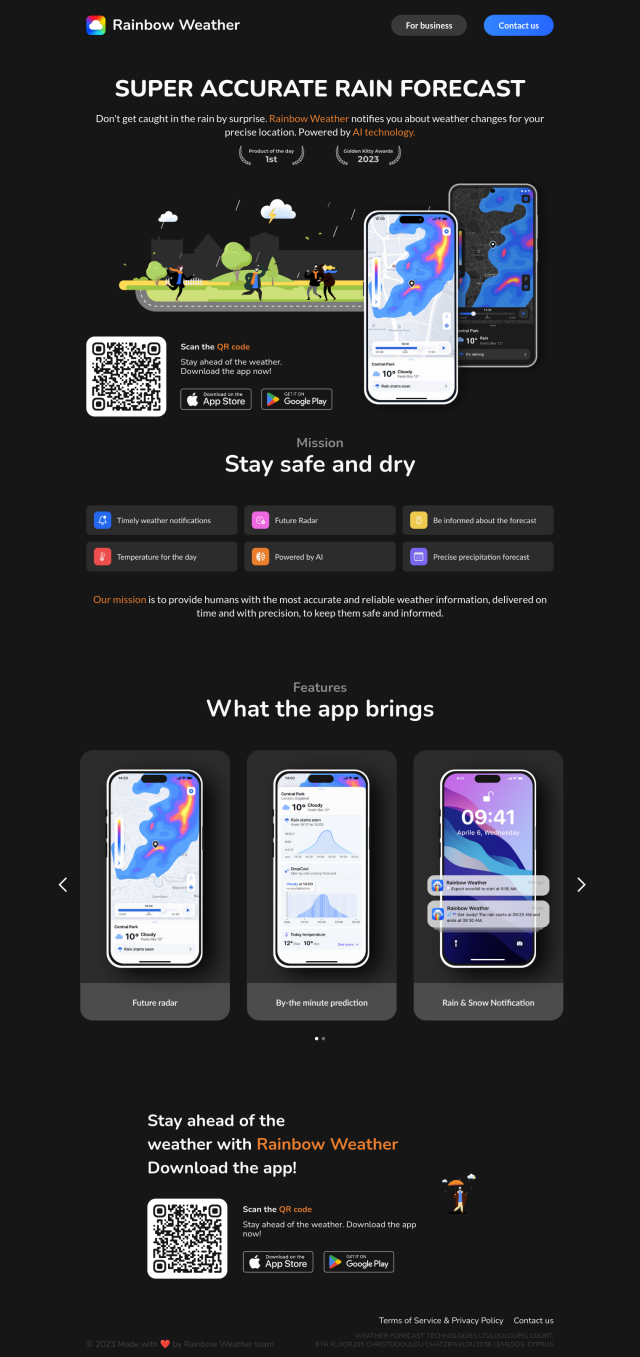
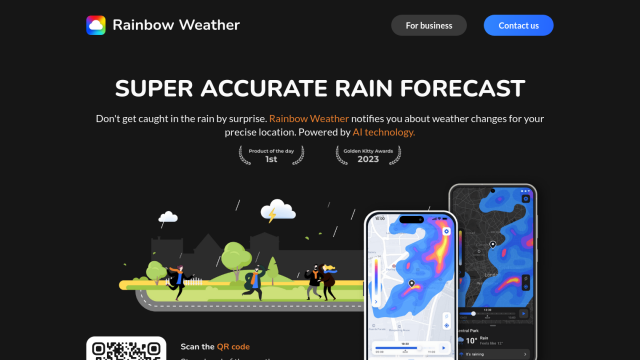
Rainbow
Last, consider Rainbow for hyperlocal weather forecasts. This AI-powered app and API offers updates with 1-minute temporal resolution and 1 sq km spatial resolution. It's geared for businesses in industries like ridesharing, same-day delivery and aviation, offering the detailed and local weather data they need to make decisions. With pay-as-you-go pricing and enterprise plans, Rainbow is a flexible option for businesses that need hyperlocal weather data.


